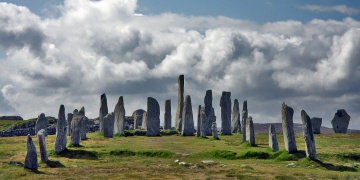
Commonly, an archaeological monument or series of monuments is identified but little is known about the surrounding areas and, in particular, the palaeo-landscapes within which the monuments are located. This situation is exemplified by the standing…
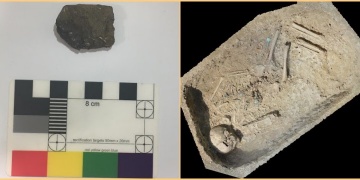
Was the birch bark tar continuity of tradition or technological revival? Scientists from the University of Bristol and the British Museum, in collaboration with Oxford Archaeology East and Canterbury Archaeological Trust, have, for the first time,…
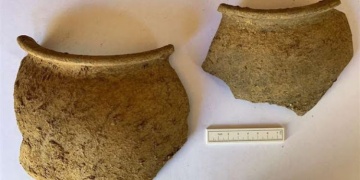
Remains of Anglo Saxon woman and jewels discovered at university campus in Canterbury
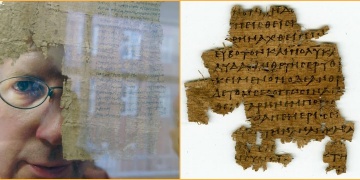
A number of ancient papyri from Oxyrhynchus, part of the Egypt Exploration Society’s collection, (The ancient texts, which date from the 3rd to the 7th Century, are part of the Oxyrhynchus collection who discovered in an Egyptian rubbish dump in…
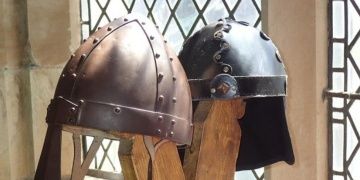
Viking migrations occurred following a 300-year period of population decrease in Ireland. This new, data-driven synthesis of the archaeological record contrasts with previous accounts of early medieval Ireland as a period of ever-growing expansion…
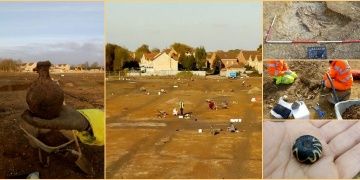
Following the Roman conquest, it appears that the British people living at this settlement were early adopters of Roman pottery.
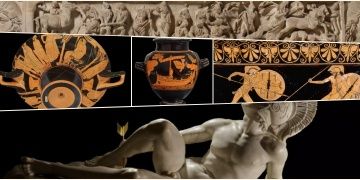
The myth of the Trojan War and its legacy in art and literature in the BP exhibition Troy: myth and reality from 21 November 2019 – 8 March 2020. Troy is famous ancient city in what is now northwestern Turkey, made famous in Homer's epic poem, the…
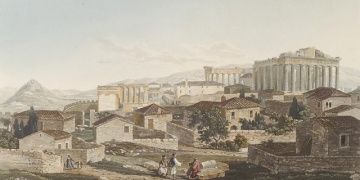
Turkish researchers Prof. Dr. Fatma Zeynep Aygen and Orhan Sakin presented the results of a long study of the Ottoman Empire’s official documents, which are related to Lord Elgin and stressed the fact that: “All the firmans as well as their contents,…
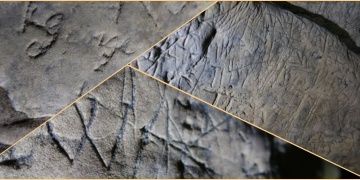
Protection marks are most commonly found in medieval churches and houses, near the entrance points, particularly doorways, windows and fireplaces.


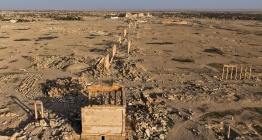

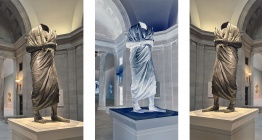
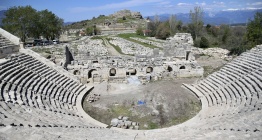













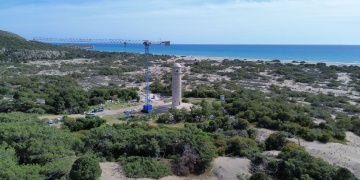 Patara Deniz Feneri açılış için gün sayıyor
Patara Deniz Feneri açılış için gün sayıyor  DEHUKAM, Türkiye'nin DMP haritasını çıkarttı
DEHUKAM, Türkiye'nin DMP haritasını çıkarttı 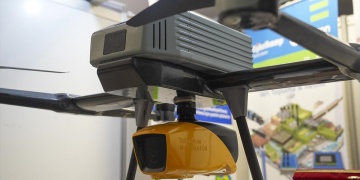 Su altı arkeolojisi verileri haritacı dronlara yardımcı olacak
Su altı arkeolojisi verileri haritacı dronlara yardımcı olacak 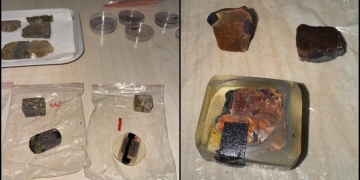 Gre Fılla kazılarına göre de Anadolu'da Bakır Çağı 3 Bin yıl daha önce başlamış olabilir
Gre Fılla kazılarına göre de Anadolu'da Bakır Çağı 3 Bin yıl daha önce başlamış olabilir 

